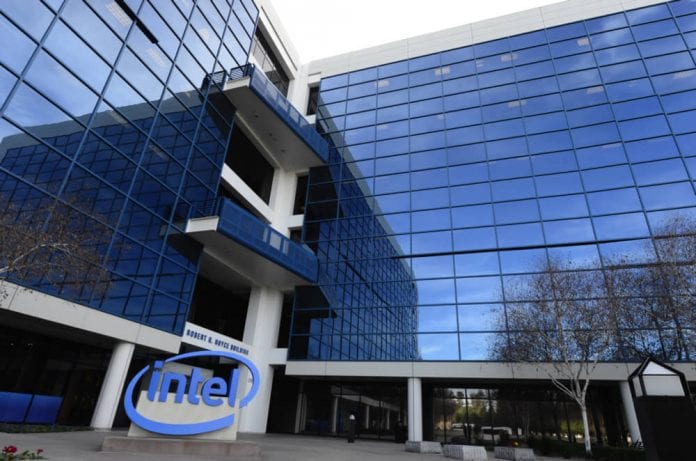Intel Corporation (NASDAQ:INTC) may no longer supply chips to Chinese Supercomputer following a U.S. Department of commerce ban. The chip maker has supplied its micro-processor to a super-computer that is being developed with help from several technology centers based in China. The latest ban order blocks Intel and other from selling new chips technology to update the system.
Intel denied the license
Last year, in August, Intel was told to obtain (via a letter) an export license to supply chips for a Chinese supercomputer dubbed as Tianhe-2, which means Milky Way 2. Intel Corporation (NASDAQ:INTC) then tried securing the license, but it could not get the license in the last fall. Chuck Mulloy, a spokesperson at Intel, informed that the company was selling standard off-the-shelf parts to the Chinese technology centers, and the shipment to China had to be stopped on the receipt of the letter.
China’s National University of Defense Technology and a Chinese IT company called Inspur have worked in symphony to make Tianhe-2 a reality. This supercomputer quickly made to the top among 500 other computers to secure the title of world’s fastest computer in 2013 and 2014. Tianhe-2, runs on tens of thousands of Xeon chips, and has been installed at China’s National Supercomputer Center in Guangzhou, in Southern China.
Ban may not be much effective
The fact that the electronics industry is global in nature makes the ban seem senseless, according to an analyst. There are a large number of alternative sources through which the Intel Corporation (NASDAQ:INTC) chips can reach the Chinese market despite Intel refraining from selling; believes Jim McGregor, an industry analyst with Tirias Research in Mesa, Arizona. McGregor, further, said that no individual components including processor can be kept out of any country in today’s market.
Data center servers and workstations need powerful Xeon processors, which are manufactured by Intel Corporation (NASDAQ:INTC), and these parts were needed in the manufacturing of supercomputers. Chip designing in the U.S. is way ahead than that in China, which is why, the latter’s government is making efforts to bring an improvement in the local chip making capabilities, for which it is bankrolling the research as well.









